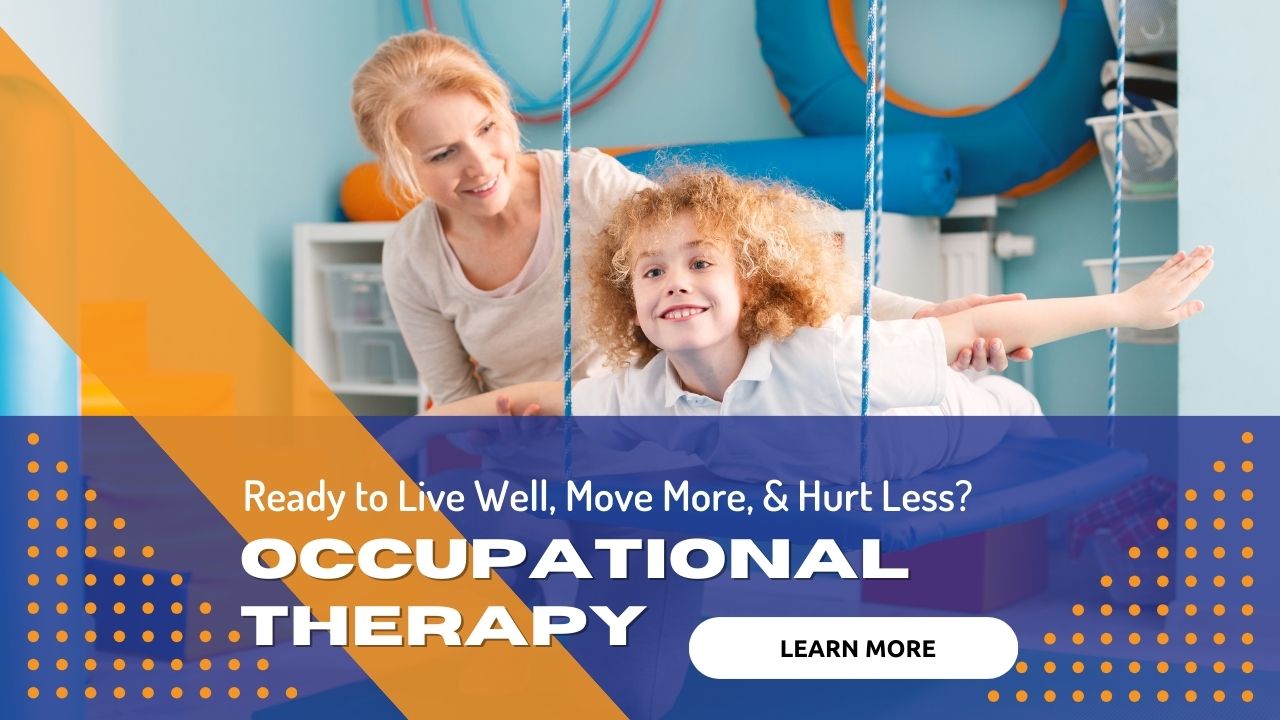Autism Spectrum Disorder
What is Autism Spectrum Disorder?
Autism is a complex, lifelong developmental disability that typically appears during early childhood and can impact a person’s social, communication, relationships, and self-regulatory skills. Autism is defined by a certain set of behaviors and is a “Spectrum condition,” which affects people differently and to varying degrees. There is no known single cause for autism. Autism can occur among individuals who have other medical conditions, including intellectual difficulties, Down’s syndrome, fragile X syndrome, tuberous sclerosis, congenital rubella syndrome, and untreated phenylketonuria (PKU).
Because autism is a “Spectrum disorder,” children and adults with autism have symptoms that can range from mild to severe. Parents of children with autism are usually the first ones to see that their child’s development may be different from other children. A few symptoms that parents may observe are delays in speech, limited eye contact, and inappropriate play with toys sensitivity to light and sound, and restrictive diet. These are only a few examples. Research has also noted that symptoms in girls may appear different from symptoms that are observed in boys.
How is Autism Spectrum Disorder Diagnosed?
Diagnosing Autism Spectrum Disorder can be difficult since there is no medical test, like a blood test, to diagnose the disorders. Diagnosis of autism is usually given by developmental pediatricians, pediatric neurologist, child psychologist, or a multi-disciplinary team of professionals (Speech therapist, occupational therapist, physical therapist, and early developmental teachers), who regularly worked with children who have autism and are familiar with the characteristics of autism. Autistic characteristics are usually detected around age 2-3 years old. Here are some early signs;
- Delay of speech, atypical babble or jargon, or no speech at all
- Repetition in language or movement, such as repeating the same word or sounds, hand flapping, or any repeated movement
- Atypical nonverbal communication, including avoiding eye contact, giving few facial expressions, or having a monotone voice
- Prefers solitary or parallel play rather than engaging in associative or cooperative play with other children
- Difficulty with transitions from one activity to another
- Difficulty with changes to new foods or changes in schedule
- Preference for predictable, structured play over spontaneous or make-believe play
- Strong, persistent interest on a specific topic, part of a toy, or item
How can a Therapist Help with Autism Spectrum Disorder?
Speech Therapy:
A certified speech therapist will want to perform standardized and/or dynamic testing to determine the developmental stage of the child’s receptive language (Ability to understand what he hears), expressive language (Ability to speak and expressive wants and needs), and social language skills. This testing will provide the speech therapist with a baseline of where to start treatment and learn about how best to teach your child. Some goals that the therapist may write are increasing vocabulary, teaching the child how to express what he wants, teaching sentence structure, how to answer questions, and teaching appropriate play skills.
Not all children with autism are the same, so no one therapy strategy works for all. Treatment plans should be tailored to the unique skills of the child.
Occupational Therapy;
The overall goal of an Occupational therapist is to help the patient with Autism on how best to improve his or her quality of life at home, school, and in the community. Occupational therapy helps to introduce, maintain, and improve skills so that people with Autism can be as independent as possible. Receiving therapy as early as possible will help to improve these outcomes. Certain things that can be a challenge for someone with Autism are their attention span and stamina, their transition to new activities, play skills, their personal space, responses to touch or other types of stimuli such as clothing, basic ADL skills, motor skills such as posture, balance, manipulation of small objects/fine motor, aggression or different types of behaviors and interactions between the child and caregivers are some of the many things an Occupational therapist can help you with. Although, no one individual with autism is the same, some show certain characteristics that are alike, which can be helpful when trying different techniques.




